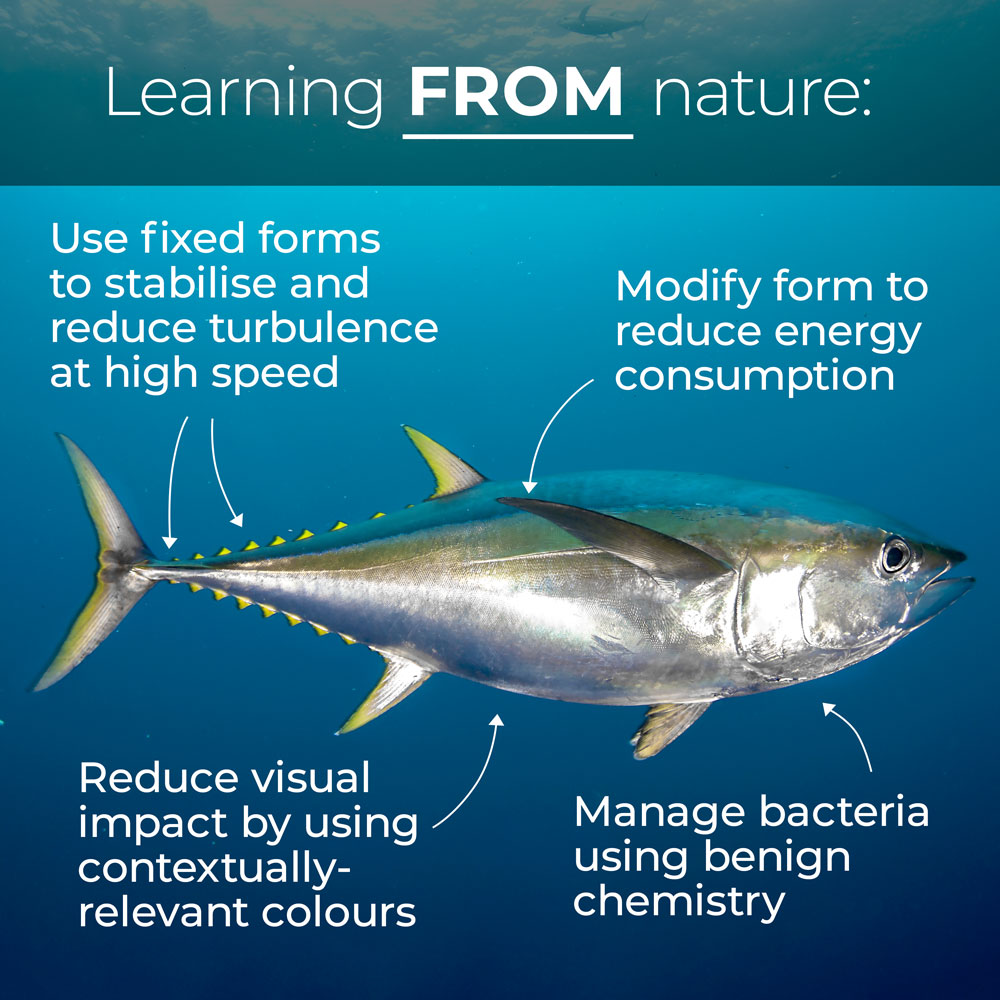5 Things that Biomimicry Brings to BioTech 🧬

Today, information technology and biotechnology are two trends exponentially growing around the world. One can hardly fathom the wealth of knowledge and applications these two genres will bring to our futures, much like we could never predict the apps such as Uber and Airbnb in the 1980s. This article discusses the benefits that biomimicry can bring to biotechnology.
What is Biotechnology:
Biotechnology (or biotech) is any innovation or technology that makes use of biological systems or living organisms to develop or create different products.
Though not often considered traditional, biotech is nearly as old as humanity itself. You and I can thank our distant ancestors for kickstarting the agricultural revolution or for inventing vaccines and antibiotics. Many of our favourite inventions – including beer, wine, and cheese (which use yeast; a living organism) – harness the power of biotechnology, to produce the desired product. Zooming out, we see that biotechnology is one of the most reliable answers to mitigate climate change through the use of energy-efficient farming, carbon sequestration and reduced synthetic fertilizer usage.
1. 🌈 The Future is to be Created, not Predicted


Biomimicry embraces the universal idea that we are not defined by what we predict, but rather by what we create. The future is in our hands, and we can learn from our wiser elders (natural organisms/systems) how to create our future in ways that work for life rather than against it. At its roots, Biomimicry is about learning from nature and applying these well-adapted principles to our own human designs and challenges. It is a solutions-based approach and provides hope along the way, too.
2. 🦉 Biomimicry has the Ethos built-in
Biomimicry consists of three elements: (Re)connect, Emulate and Ethos. The ethos element forms the essence of our ethics, our intentions, and our underlying philosophy for why we practice biomimicry. Ethos represents our respect for, responsibility to, and gratitude for our fellow species and our home. When we embrace nature as a mentor in the design of our products, processes and systems, we are striving to “create conditions conducive to life”. We seek to build a world that allows all life - not just human life - to thrive. It requires a systems worldview to truly comprehend and design life-friendly technologies.
3. 🤖 Biomimicry enables a life-friendly version of BioTech
Biotechnology is any technology that utilizes biological systems or living organisms to develop or create different products. Brewing beer and baking bread are simple examples of BioTech, whilst today the term refers to a wider array such as genetics, biochemistry, molecular biology and more. New technologies and products are developed every year within the areas of medicine (new medicines and therapies), agriculture ( genetically modified plants, biofuels, biological treatment), industrial biotechnology (production of chemicals, paper, textiles and food), and many more. Biomimicry embraces a set of guidelines called Life's Principles to guide the designers of our world on how to include a life-friendly / Systems Level approach from the start.
4. 📚 Nature is a Living Library of Inspiration to Offer BioTech


Modern biotechnology is rapidly growing, and like biomimicry - it is still in its infancy. We often spend time learning ABOUT nature, but in biomimicry, we shift our lens to learn FROM nature. When we look at nature through the lens of function (what is it doing vs what it is) and context (in relation to a larger system), we find that nature is a living library of inspiration! Learning ABOUT nature gives us facts and information, whereas learning FROM nature gives us inspiration for new ideas and solutions. This is part of what makes biomimicry a multi-disciplinary practice; ideas are transferred from biology to other fields such as engineering or business. See www.AskNature.org and engage with learning FROM nature!
5. ✏️ Nature is not a machine to be changed, but an integrated system to be mimicked at many levels

In closing:
“Strictly speaking, there is no such thing as human nature. This is only nature and the very human expression of it. Nature is not something ‘out there’. We are of it and with in it” - Dr Ian McCallum
Biotechnology is set to grow exponentially, whether we like it or not. If done correctly, innovative biotech can bring about a new wealth of health, agriculture, and so much more. The real risk comes from unintended consequences (lack of understanding of the impact to the larger system) and the potential to weaponize biology. These two risks should never be glossed over, and this is why bringing the ethos and intentions of biomimicry into biotech is so important. We believe that if we are to create a thriving new world, a brighter future is possible with biomimicry. Comment below your thoughts on biotechnology and the role biomimicry plays.
Learn to Apply Biomimicry with our Online Biomimicry Courses 🐋
If you wish to learn more about biomimicry, we recommend starting your Biomimicry learning journey with us. Here you'll get the practical knowledge of applying Biomimicry to your own design, getting a learn biomimicry certificate recognised globally (and endorsed by the Biomimicry Institute), and so much more. Check out our courses here today.
If you have a project or idea and are looking to build it with Biomimicry in mind, join our 6-month Practitioners course to get hands-on with Nature.
Wild regards,
Alistair Daynes








